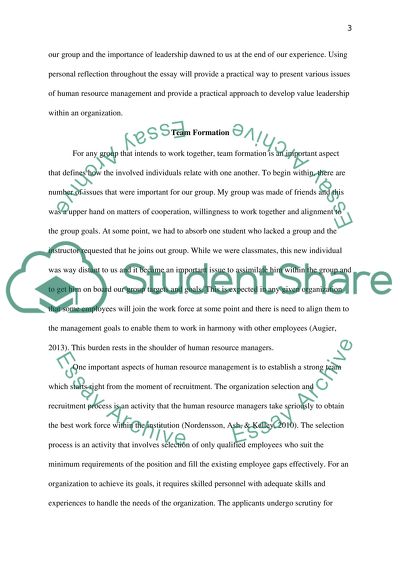Cite this document
(“Leadership Team Formation And Strategic Management Within An Essay - 1”, n.d.)
Retrieved from https://studentshare.org/human-resources/1671498-reflective-essay
Retrieved from https://studentshare.org/human-resources/1671498-reflective-essay
(Leadership Team Formation And Strategic Management Within An Essay - 1)
https://studentshare.org/human-resources/1671498-reflective-essay.
https://studentshare.org/human-resources/1671498-reflective-essay.
“Leadership Team Formation And Strategic Management Within An Essay - 1”, n.d. https://studentshare.org/human-resources/1671498-reflective-essay.


